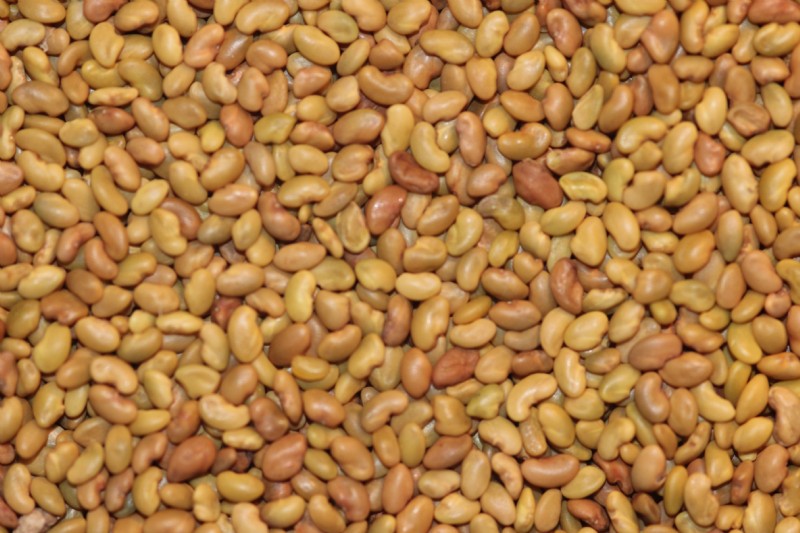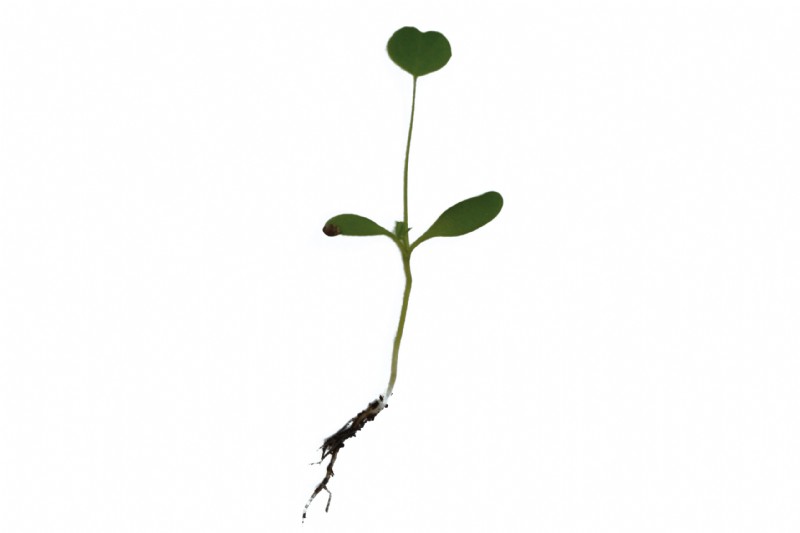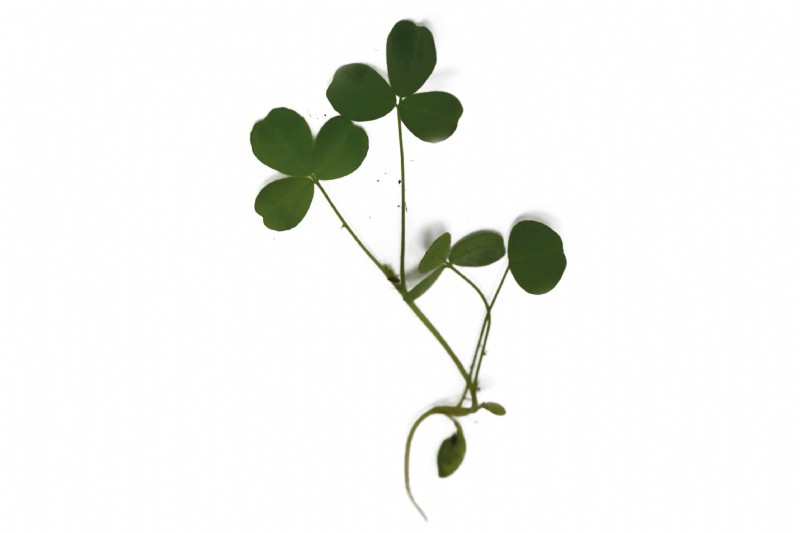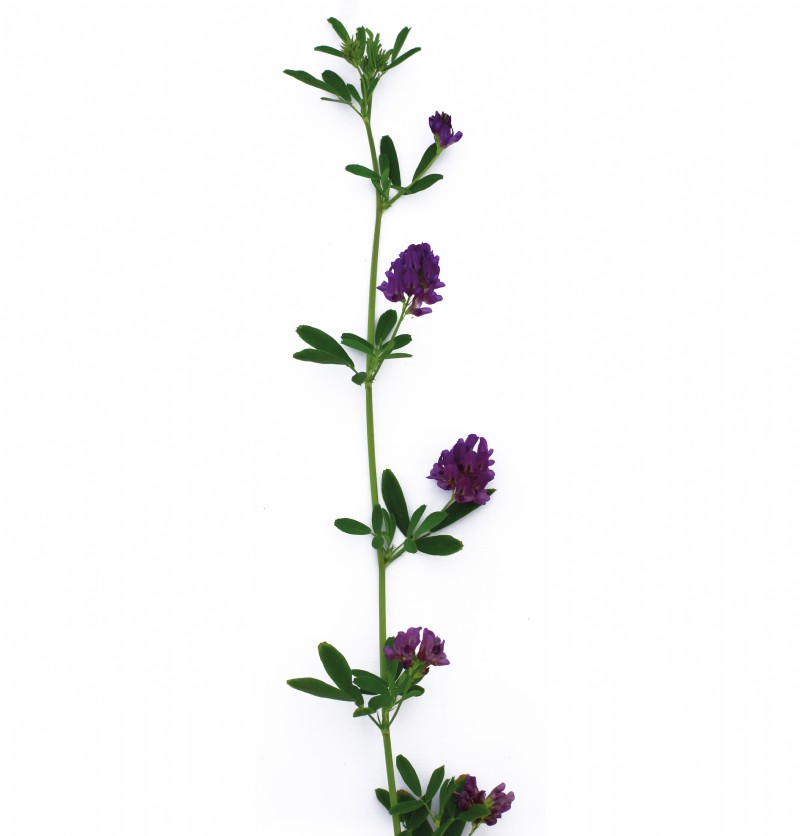Lucerne
Also known as alfalfa in the states, lucerne benefits animal health and soil fertility. It is a high protein forage crop which is usually grown on its own and is very good on drought-prone soils. It establishes relatively slowly, producing significantly more biomass in the second and third years. Lucerne should only be grown on free-draining, alkaline soil. Lucerne requires the correct strain of rhizobia (known as an inoculant) to efficiently fix atmospheric nitrogen and get the most growth.
Uses
It is used as a silage or hay crop as well as a longer term, soil improving green manure.
Persistence
Lucerne shows good persistence and is ideally grown for a period of 2 - 4 years although it can be grown for longer. Its persistence depends on survival of the tap roots. It will not survive on waterlogged soils and poaching and wheel damage will also impact on its longevity.
Strengths
This is a very drought tolerant species, which will grow well on thin, gravelly soils. Generally it is an upright cutting plant, often being made into hay or silage. It is a very deep rooting plant, which also fixes nitrogen, this means that it is a very good soil improving species.
Frost Tolerance
Foliage of lucerne dies off over winter but resumes growth from its crown in the spring.
Yield
15t DM per ha, Lucerne is slow to produce biomass initially but this increases over the second and third years once fully established.
Sowing Rate Advice
8kg per acre / 20kg per ha.
Lucerne should be sown at 1cm. The soil should be rolled after sowing to increase soil moisture contact with the seed, do not sow on loose, spongy soils, as sowing depth may not be accurate.
Mixture Sowing Rate Advice
0.5 - 1kg per acre / 1.25 - 2.5kg per ha.
This small seed may be included in diverse grazing or cutting mixtures, luzelle is a variety that has a lower growing point in relation to the soil, than some varieties, so it tolerates grazing better.
Ideal Sowing Time
For a spring sowing, March - May is ideal. For an autumn sowing, August is the best time. Later sowings in September are less likely to establish well as the soil temperature cools and therefore are not recommended.
Management
Lucerne will generally need cutting 2-3 times per growing season. Observations suggest that Lucerne is slightly more susceptible to downy mildew and attack from sitona weevil then red clover. It can also suffer from stem nematode and verticillium wilt. There should therefore be a four year break between lucerne crops. Varieties should be selected to have a good resistance to V. wilt. Close grazing, or cutting close to the crown will damage and potentially shorten the life of the plant.
Distinguishing characteristics
Seed
Lucerne seed is a smooth, oblong to kidney shape. It varies from beige to brown in colour and is 3mm in length.
Seedling
The seedling develops a pair of cotyledons, they are oblong shaped, approximately 8mm long and 3 - 4mm wide. The cotyledons become narrower as they join the stalk. The first true leaf is a rounded, heart shape, with a distinct midrib. The first true leaf develops on a long thin stipule.
Flowering Plant
The plant is hairless, and upright in shape, with a pale stem and deeper green leaves.
It grows from a crown, with erect tufted stems.
The leaves are trifoliate and alternate, with narrow ovate leaflets. The terminal leaflets is on a longer stalk than the laterals.
The leaflet margins are notably toothed towards the apex.
The stipules at the base of the leaf are toothed and taper to a point.
The flower heads are purple in colour, with distinctive coiled fruits forming later on.
The plant has a very strong taproot, reaching many metres into the soil profile.
Additional Info
Average seeds per kg - 500,000. Average protein content 20-22%. Also known as alfalfa in the USA. It can cause bloat, especially in cattle. Use a Rhizobia strain of Rhizobium Meliloti as an inoculant Winter hardy types should be used in the UK, these generally have winter dormancy and survive through the winter as a crown, before growing strongly in spring. In the UK we aim for varieties with a dormancy rating between 4 and 5. Seed is becoming available which is pre-coated with a rhizobium (inoculant) however variety choice may be limited at times.
Works well with
A grass companion can help smother out weeds, as the lucerne is establishing initially, it can also contribute to yield and aid silage fermentation. A companion mix of meadow fescue and Timothy are suitable species, or possibly cocksfoot on very dry ground, at a low rate.You can find Lucerne in the following mixtures
- Herbal Heavy Land Ley - for Medium and Clay Soil
- Herbal Heavy Land Ley - for Medium and Clay Soil - 70% ORGANIC
- Autumn Sown Bumblebird (AHW1/AB16)
- 'HERBAL' Grazing Ley - Four Year Drought Resistant Ley
- Two Year Grass/Legume Fallow (NUM3/CNUM3/AB15)
- 'LEGUME ONLY' Fallow Mixture (NUM3/CNUM3/AB15)
- 'LEGUME ONLY' Fallow Mixture (NUM3) 70% Organic
- ‘HERBAL’ Grazing Four Year Ley 70% ORGANIC
- Light Land Legume & Herb Rich Sward (GS4/SAM3/CSAM3)
- Light Land Legume & Herb Rich Sward (OP4/SAM3) 70% Organic
- Autumn Sown Two Year Grass/Legume Fallow (NUM3) 70% Organic
- Broodmare Grazing
- Broodmare Grazing 70% ORGANIC
- Orchard Clover Understory Mixture
History
The term alfalfa is derived from a persian word meaning 'best fodder'. In the USA up to 11 million ha is grown annually.







